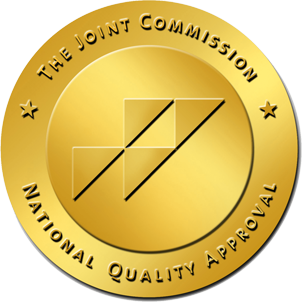In this article, we’ll explore the benefits of bringing your pet to rehab, how it works at 10 Acre Ranch, and why this unique …
How to Cope After the Suicide of a Loved One?
Losing a loved one to suicide is a profoundly heartbreaking experience. You have to cope with grief and loss of losing someone you …
Continue Reading about How to Cope After the Suicide of a Loved One?
How Do Routines and Rituals Help in My Recovery?
For millions of Americans, recovery is a fact of life. Today, 48.7 million Americans qualify for a substance use disorder …
Continue Reading about How Do Routines and Rituals Help in My Recovery?
8 Fun Sober Fall Activities
What Makes a Fun Sober Activity? Anything is an activity. You could sit down at your kitchen table and start scrapbooking and …










